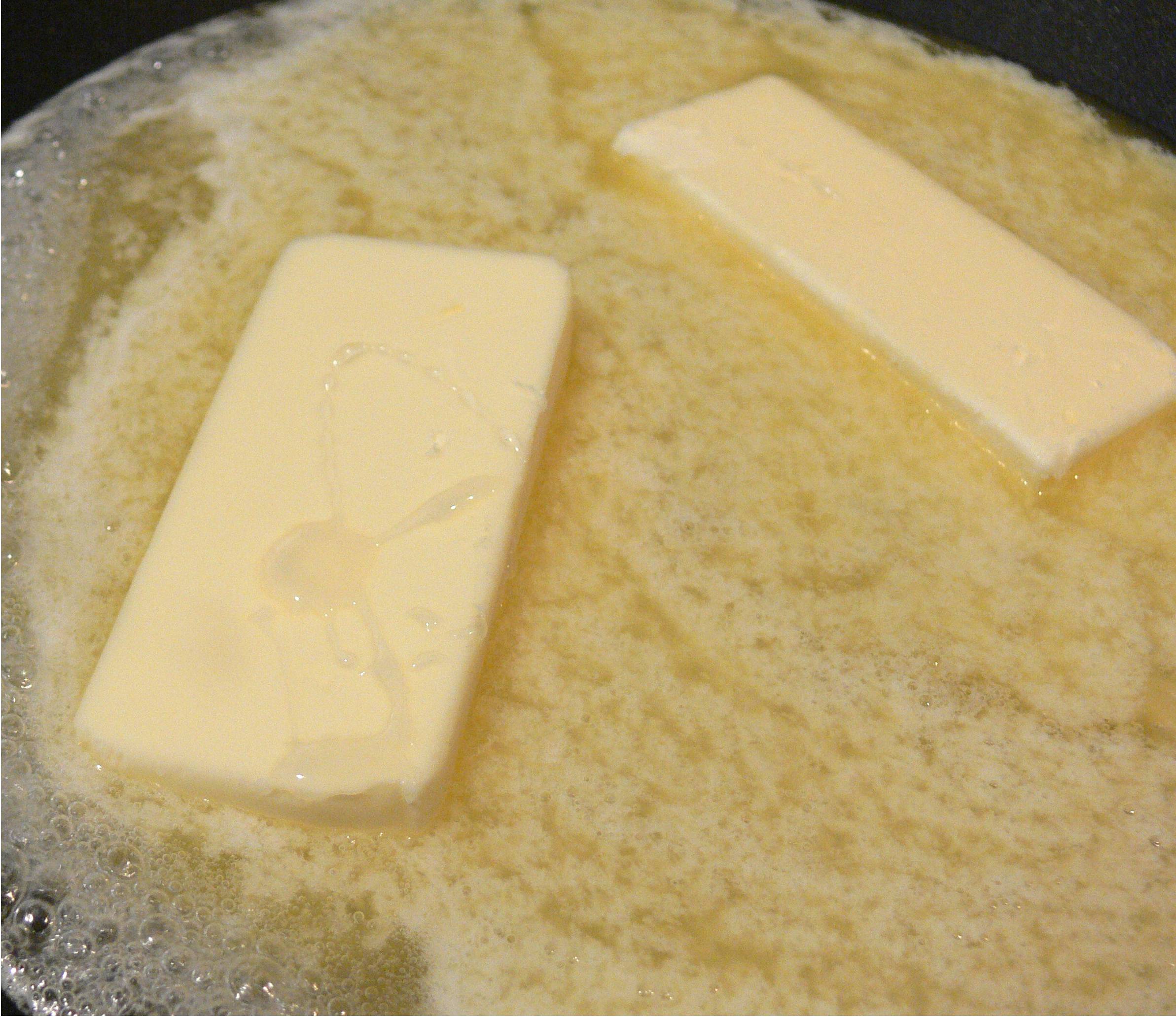

This Awesome 3-Ingredient Fruit Dip Will Change the Way You Snack
#CLARIFY BUTTER PRO#
Use Clarified Butter! & 9 Other Pro Tips for the Best Pancakes Ever Render regular butter into clarified butter Keep Cheese from Drying Out in Your Fridge Spreading Cold Butter Just Got Way Easier with These Clever Hacks 41% off NetSpot Home Wi-Fi Analyzer: Lifetime Upgrades.62% off MindMaster Mind Mapping Software: Perpetual License.
#CLARIFY BUTTER CODE#
98% off The 2021 Premium Learn To Code Certification Bundle.59% off XSplit VCam: Lifetime Subscription (Windows).99% off The 2021 All-in-One Data Scientist Mega Bundle.98% off The 2021 Accounting Mastery Bootcamp Bundle.97% off The Ultimate 2021 White Hat Hacker Certification Bundle.Want to master Microsoft Excel and take your work-from-home job prospects to the next level? Jump-start your career with our Premium A-to-Z Microsoft Excel Training Bundle from the new Gadget Hacks Shop and get lifetime access to more than 40 hours of Basic to Advanced instruction on functions, formula, tools, and more.
#CLARIFY BUTTER HOW TO#
Want even more buttery knowledge in your life? Get the details on how to make your own butter, DIY spreadable butter, and how to make nutty, irresisitible brown butter. Remember, you've just created a very concentrated butter that is pretty much pure fat. If you use clarified butter or ghee, it's going to throw the proportions of your recipe off, and it might come out greasy and flat. Why? When a recipe calls for butter as an ingredient, it's assuming you're going to be using the usual 80/20 commercial kind. Pro Tip: Don't Use Clarified Butter or Ghee in Baking Unless. In my opinion, it was a thing during the era where people threw very formal dinner parties. Image via Food Makes Me Happyĭrawn butter is mostly an old-fashioned accompaniment to artichokes, steamed lobster, and other seafood. However, your clarified butter can now be used to fry and sauté just about anything, even if you're using very high heat.īoiled artichoke with clarified/drawn butter. However, when oil gets very smoky, it means its chemical composition is breaking down, potentially turning rancid, releasing free radicals, and about to give your food a very gross, scorched taste. Keep in mind that to have your oil smoke a little is not a bad thing-it generally means your oil is very hot and ready to be used for frying or sautéing. Post-clarifying, you now have something that is close to 100% butterfat, which can be stored for ages since there's no longer any water to encourage spoilage, and which now has a smoke point of 450☏/230☌, while regular butter's is 350☏/175☌.

It can be added to doughs or even hollandaise. The New York Times recommends reserving the foam skimmed off the top of the butter since it has a lot of flavor. If you want to be really thorough, you can strain it, which David Lebovitz recommends, but I usually skip that step. The milky layer can be used in other recipes, the same as you would use milk, or discarded. Pour the clear, golden layer of butterfat into a glass container (you don't want to use plastic that could melt). Remember to skim all the froth from the butter-it makes a big difference in the end product.


 0 kommentar(er)
0 kommentar(er)
